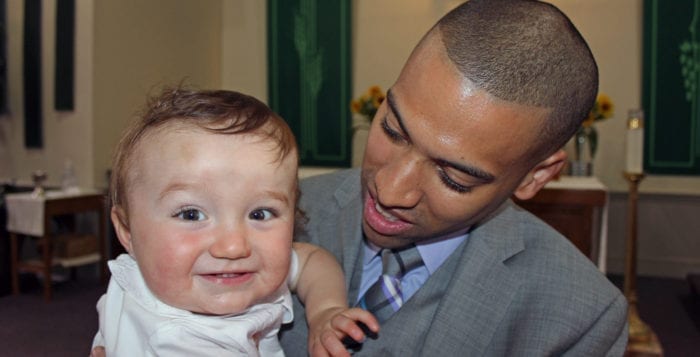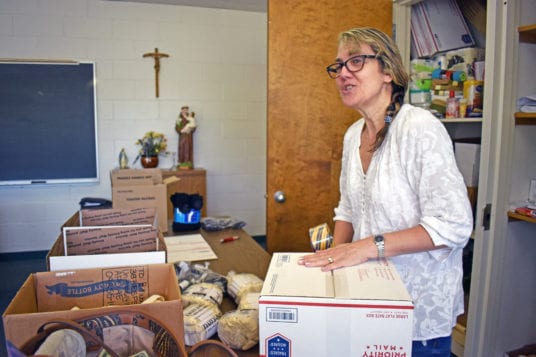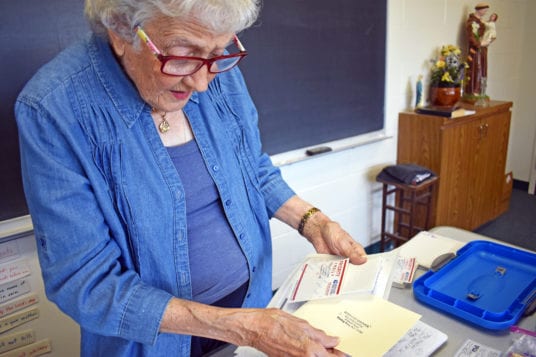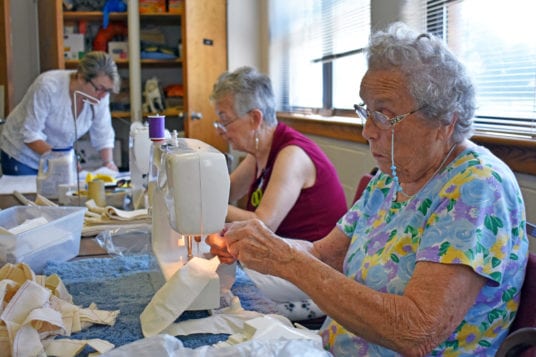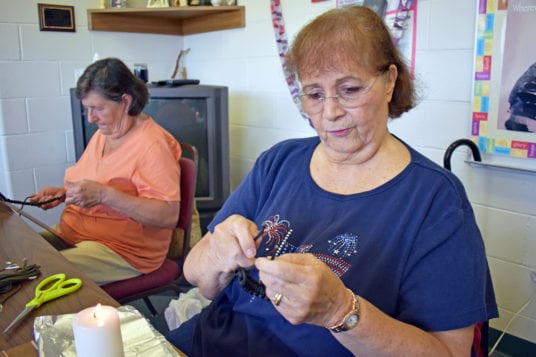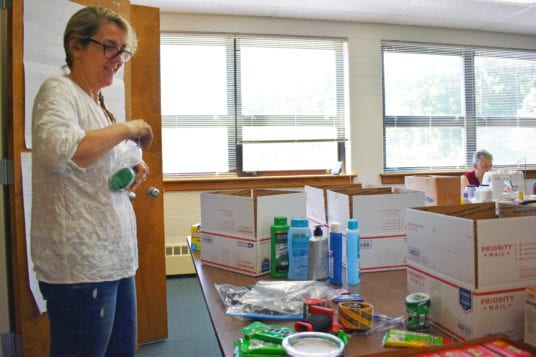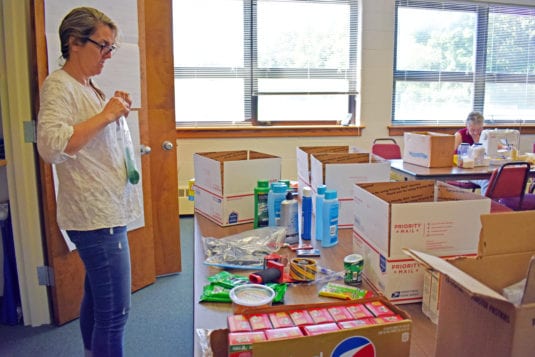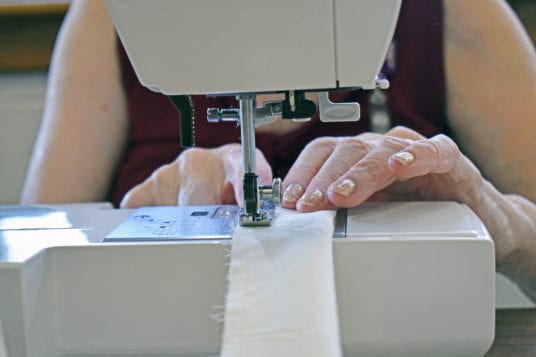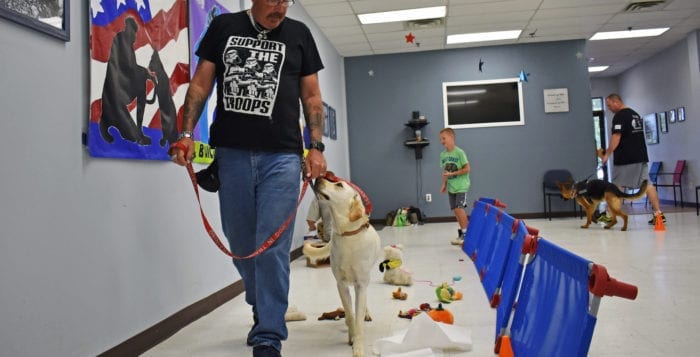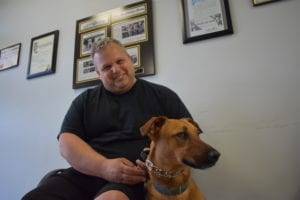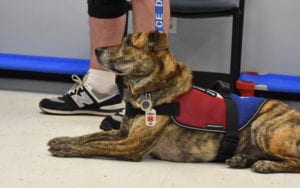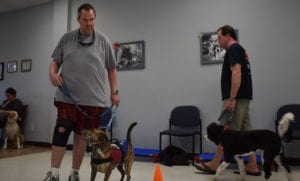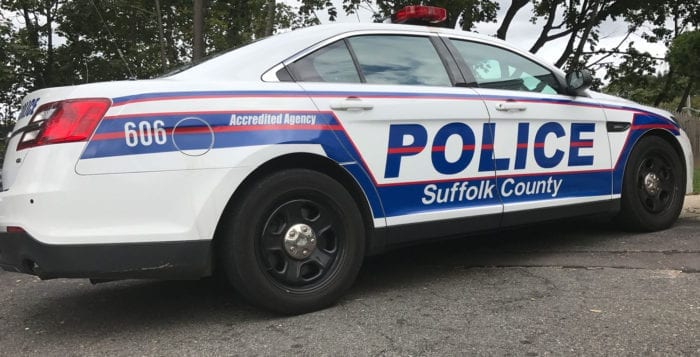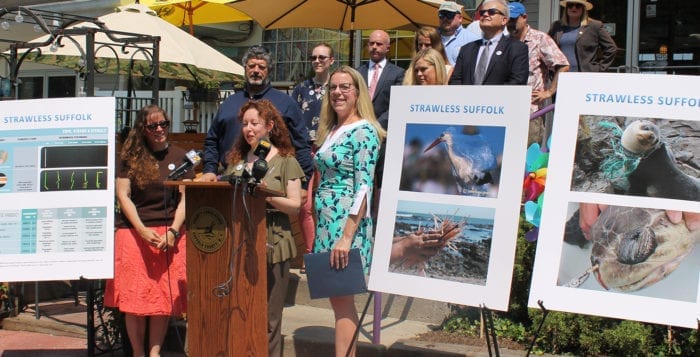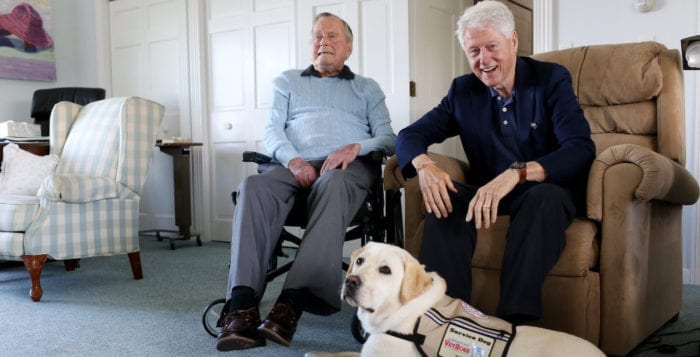Mount Sinai teacher Mike Pappalardo felt such a special bond with officer Jon-Erik Negron, who helped save his newborn son Bryce after being born in the family’s kitchen last August, that he named him Bryce’s godfather.
“He’s been there for Bryce since his first breath,” Pappalardo said. “He’s just so genuine and asked us to keep in touch with him, to let him know how Bryce is doing. It made us think, ‘You know what? We want him in his life.’”

The Mount Sinai Middle School special education teacher and coach first met the 6th Precinct offer Aug. 22 when he responded to his home after his wife Jane went into labor in the family’s home. Bryce was delivered by his father, but was not breathing, and the umbilical cord was wrapped around his neck. Even after Mike Pappalardo removed the cord, the newborn still hadn’t taken a breath. Officer Negron used a plastic syringe from the family’s kitchen to clear fluid from Bryce’s airway, and the baby began breathing.
“We have always had a connection,” said Negron, who speaks weekly with the family. “I’m just happy to play a role and I’m happy to always be there and always help because I know Bryce is going to grow up to do great things.”
The Pappalardo family said asking Negron to be the godfather was a no-brainer.
“Before even asking him to be the godfather, we felt like he already was,” Pappalardo said. “It was an easy choice. We were just hoping it would be ok with him and when we asked him, he said he was blown away and would be honored, but we were honored he agreed. We consider Jon-Erik family now.”
The officer was bestowed the honor during Bryce’s christening June 23 at Infant Jesus Roman Catholic Church in Port Jefferson.
“I don’t know if Bryce would be here if it wasn’t for his quick thinking and knowledge,” Pappalardo said of Negron. “He’s emotionally connected to Bryce and he truly cares about him and what happens in his life. Jon-Erik and Bryce have a special connection that will last a lifetime.”
“This superseded anything I imagined on having an impact as a police officer.”
— Jon-Erik Negron
Several months ago, the Pappalardos publicly thanked Officer Negron as well as 6th Precinct officer Ferdinando Crasa, fire rescue and emergency service dispatcher Steve Platz and SCPD public safety dispatcher Jonathan Eck, for their efforts during the delivery.
Suffolk County Executive Steve Bellone (D) said congratulations to Negron are in order.
“I am truly thankful for all first responders out there like officer Negron, and it warms my heart to see their tireless work appreciated in this sincere act of gratitude,” he said.
Suffolk Police Commissioner Geraldine Hart also commended Negron for his heroic effort.
“Bryce is lucky to have Officer Negron is in his life as a wonderful role model,” she said. “We are so grateful that baby Bryce is healthy and thriving due in part to our first responders.”
Negron has been a Suffolk County police officer for four-and-a-half years. He said playing a role in a baby delivery never crossed his mind when he thought of becoming a police officer.
“This superseded anything I imagined on having an impact as a police officer,” he said. “This is probably the most meaningful thing that will happen to me on this job and it exceeded all expectations.”

